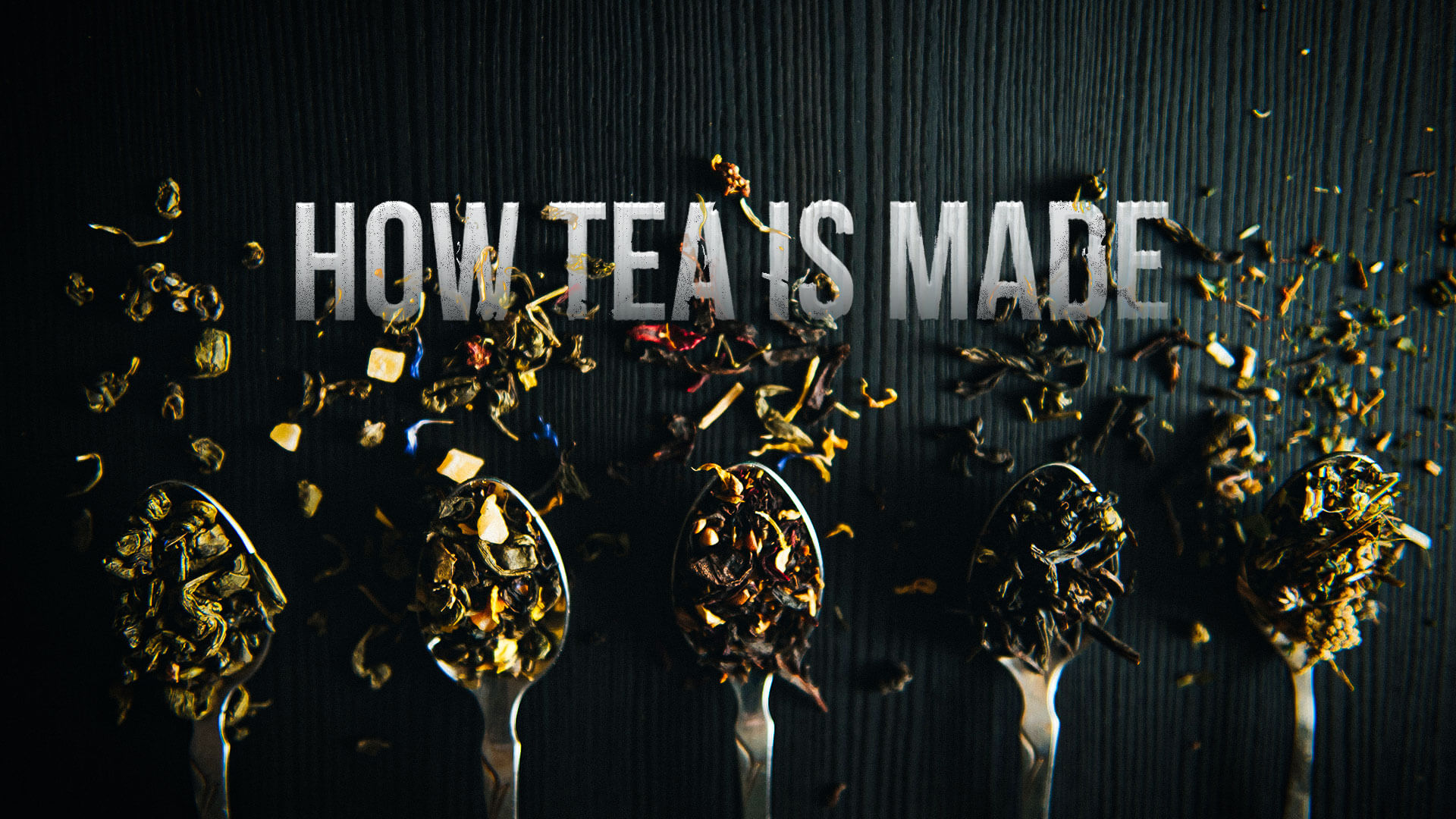
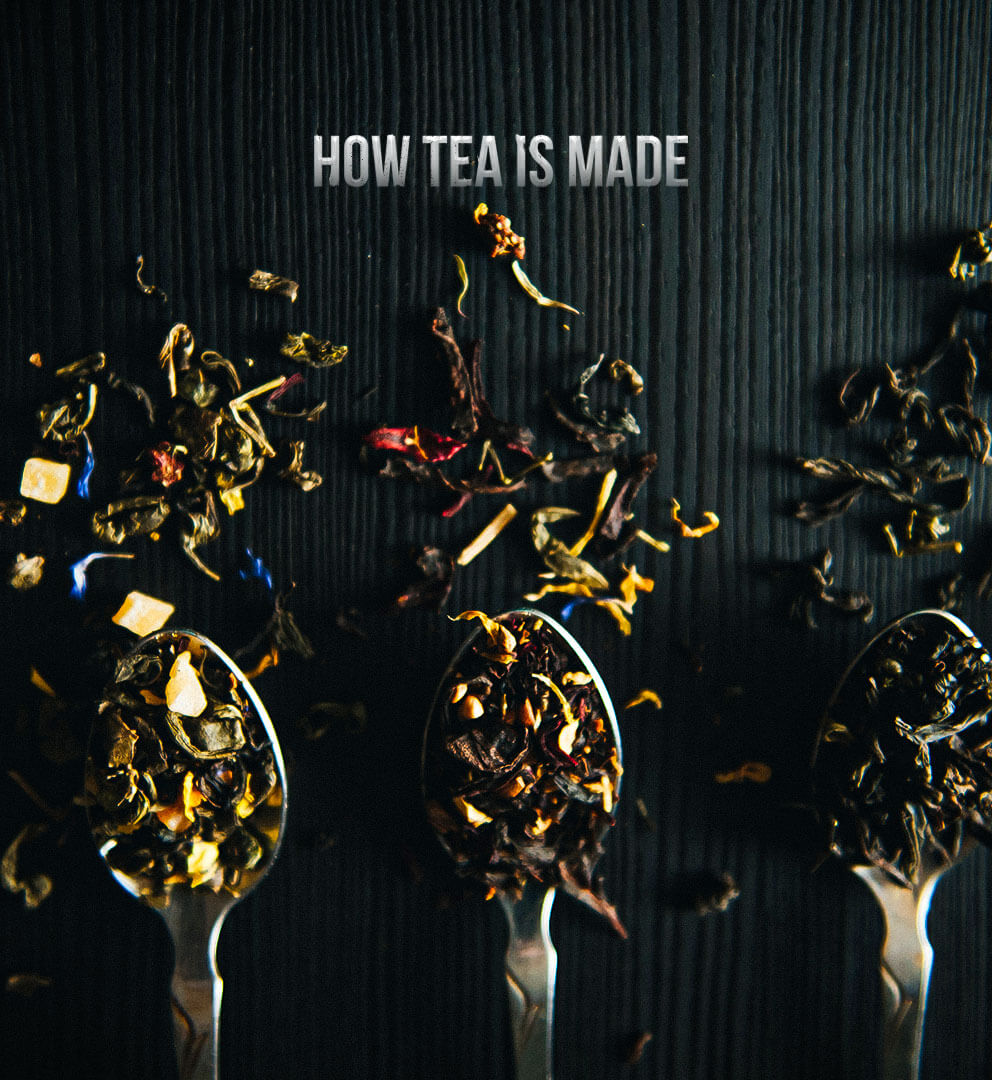
scroll to discover


scroll to discover
Broadly, tea can be categorized into two types – “True” teas and “Herbal” teas.
All “true” teas or “real” teas are made from the same plant species – Camellia Sinensis. The four types of “true” teas are Black Tea, Green Tea, White Tea and Oolong Tea. All these four categories teas start in the same way – as leaves on the bush of the Camellia Sinensis plant. What determines their fate as Black, Green, White or Oolong tea is a matter of how they are processed. There can be several subcategories and variations within these, but the principles are derived from these four broad categories.
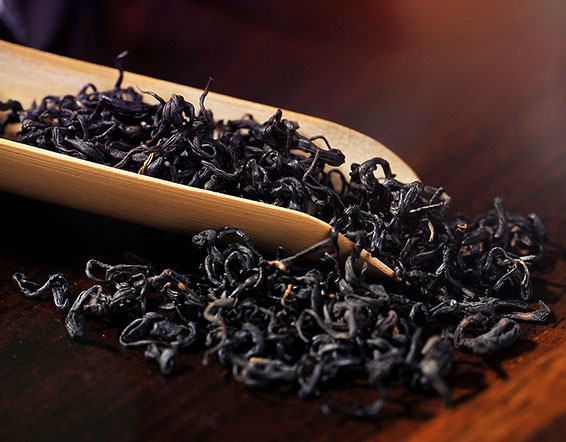
“Herbal” teas or “tisanes” is a bucket term that refers to any herbs, spice, fruits, flowers or plant matter that is dried and can be boiled or steeped to consumed as a “tea”. There is a lot of debate in tea circles as to whether “herbal” teas should be called “teas” at all, since they do not come from the tea plant (i.e. Camellia Sinensis) and generally do not contain the unique health benefits, aroma, polyphenols and caffeine that “true” teas from the Camellia Sinensis plant provide.
Tea quality is a direct reflection of the quality of leaf plucked. Smaller, tender leaves produce finer teas whereas larger, more leathery leaves produce coarser teas.
The best quality teas are made from fine plucking standards- which refers to plucking only two leaves and a bud. This is difficult to achieve with machine plucking as machines pick up stems along with leaves.

Plucking

Withering

Rolling

Oxidation

Drying

Grading



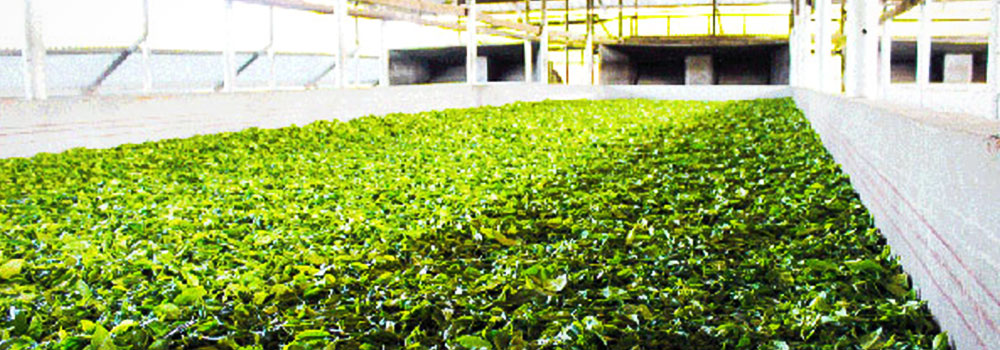

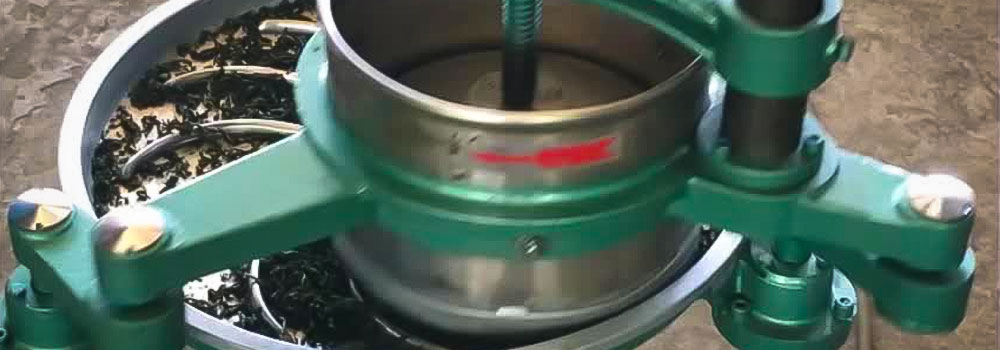

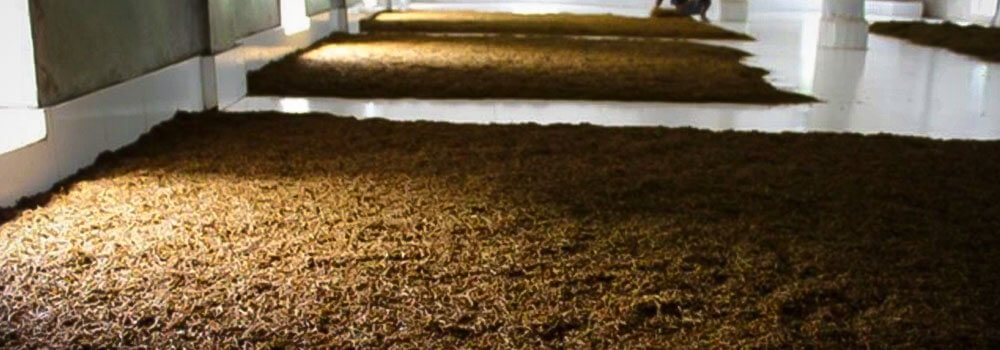

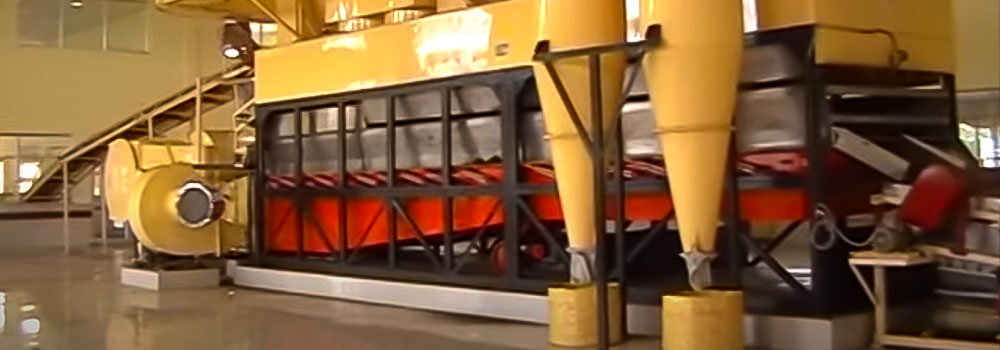

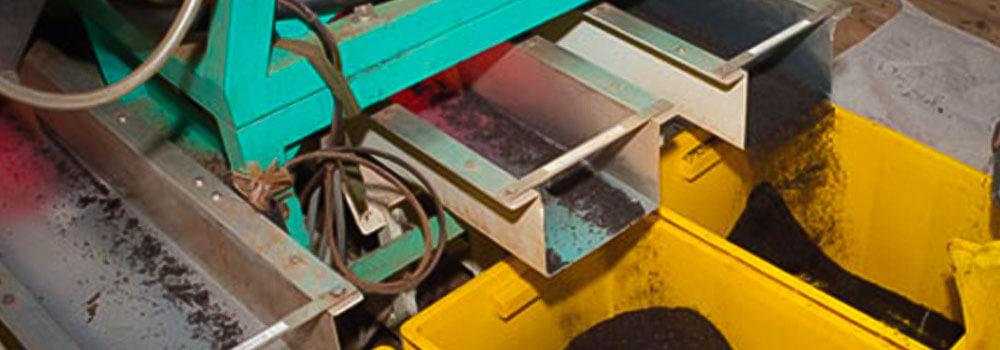

Plucking

Withering

Maceration

Oxidation

Drying

Grading





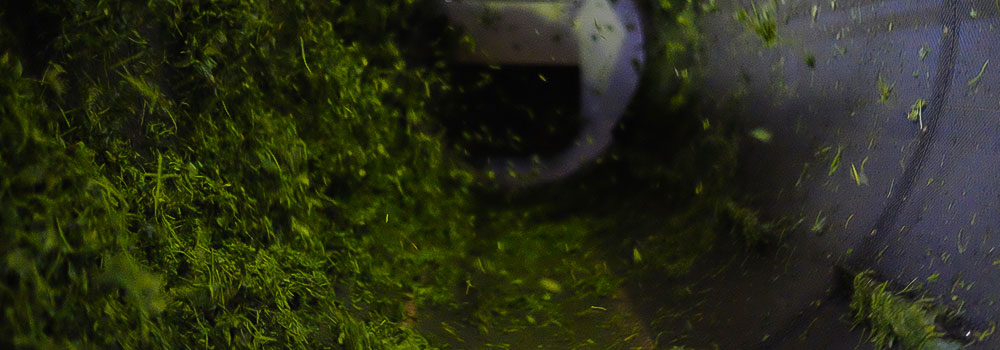







Plucking

Withering

Fixing

Rolling

Drying

Grading













Plucking

Withering

Drying







Follow & Share